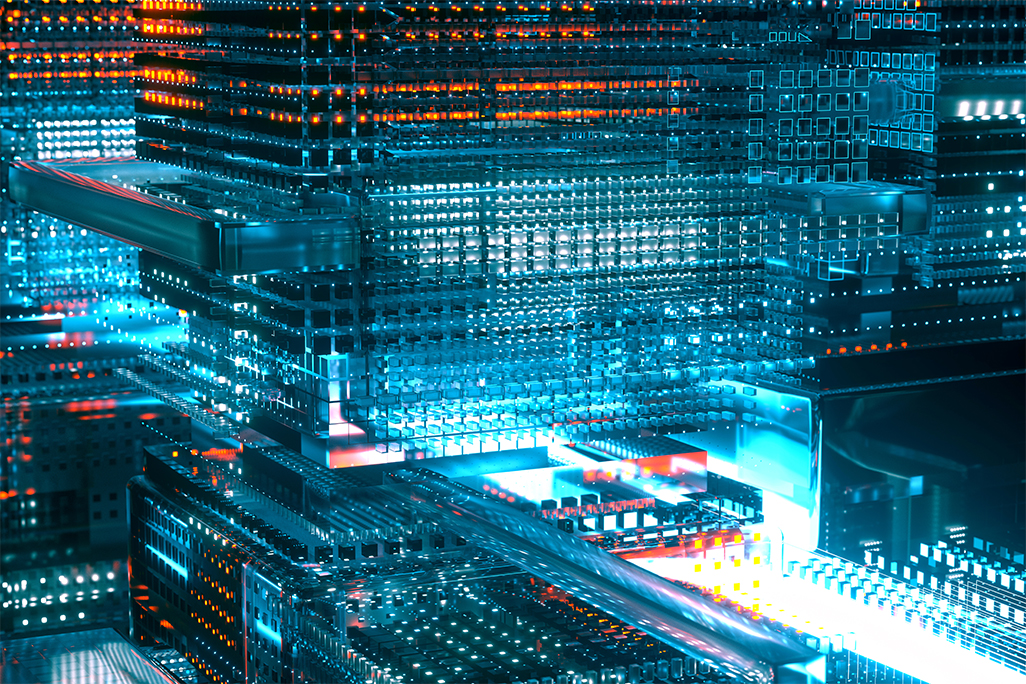What intellectual property and liability issues does generative artificial intelligence pose?
Published on 14th February 2023
Artificial intelligence growth and transformation raise a range of legal issues that require adaptation and innovation

Artificial intelligence (AI) applications are undergoing significant growth and transformation, which requires different industry sectors to adapt and innovate. For instance, in an effort to stay ahead of the curve in this rapidly evolving world of AI, search engine providers are racing to launch chatbots designed to enhance their search engine capabilities. The advent of generative AI, the technology that enables the creation of content on demand, can simplify complex queries and perform routine tasks.
This transformation also raises legal issues. Upcoming AI regulation tackles some of these, but not all of them. An area of significant uncertainty – but high commercial relevance – is that of the intellectual property (IP) implications of AI systems.
Is the AI system protected?
While some aspects of Al systems can be protected by patents, copyright and trade secrets, machine learning systems don't fit neatly into the conventional IP categories. This is partly because the real investment and value in developing an Al solution goes into the training process. A "trained" system is viewed no differently to an "untrained" system by IP law and yet one is significantly more valuable than the other. The training datasets themselves can be of immense value, and yet it is unclear to what extent they can be protected by IP (aside from protections of individual elements). The reality is that the most effective protection is likely to come from a combination of IP and a web of contractual provisions.
Is the output protected?
As they are written, many copyright laws around the world attach protection only to human creation, excluding anything that is created by pure automation or coincidence – or even elephants supplied with paint or, as has been reported, monkeys that operate the shutter on a camera. While the philosophical question is permitted whether or at what point artificial intelligence becomes sufficiently similar to human intelligence to warrant an analogy, we are likely not quite there yet. Neither your monkey nor your AI chatbot owns a copyright.
The US Copyright Office was reported to have recently first granted and then taken steps to revoke the copyright registration for a comic book that used AI-generated art, stating that only humans could be considered authors. However, given that only the images were partially generated by AI, while the text of the book was not and the selection and arrangement of images was also the human author's work, it would appear that the work as a whole should be eligible for copyright. The same would apply to an image or text created by AI but then further edited by a human creator.
Other cases are less clear, and the question can arise whether the prompt that leads to a certain AI generated output might be copyrightable. At least in the EU, the threshold for protection of text can be low, but, with current AI systems, the same prompt does not always lead to the same result, so the practical value of this approach is likely limited.
Is the output infringing?
Generative AI relies on the input of large amounts of data. In the real world, data used to train an AI model may or may not be subject to IP restrictions. This would be dependent upon the underlying data set being used; for example, animal noises and historical weather data are unlikely to be protected, whereas the photographs and texts underlying some of the popular generative AI applications likely are protected. Whether the training set as a whole is protected can vary from one jurisdiction to another (the European Union for example has a specific database right) and depend on the specific circumstances under which it was created.
The output of a generative AI system contains traces of all this input, and these can on occasion be quite strikingly identifiable. A major visual media company – a supplier of images for businesses and consumers – has recently filed a lawsuit in the US against an AI company for copying millions of photographs from its collection, allegedly to build a competing business without permission or compensation. The image agency claims that the AI company scraped copyrighted images and used them to train its image-generating model and removed or altered the copyright management information.
The use of copyrighted works to train AI models raises questions of infringement. While US companies cite fair use as a defense in ongoing litigation, courts have not yet decided whether this exception applies in the context of AI. However, US jurisprudence has previously held that the digitization of copyrighted books for an online library project can be fair use – which could provide a potential precedent for the use of copyrighted works in AI training.
By contrast, European copyright laws do not have a broad and flexible exception such as fair use. It is, therefore, more complicated to find copyright exceptions to justify the use of a third party's copyrighted works in the input or output of an AI system. In the context of machine learning, the EU directive on copyright in the digital single market does allow for text and data mining without rights holders' consent, but they can opt out except for non-profit research uses. Limited exceptions apply for situations like quotation, parody, or pastiche, but they will often not cover the typical use by AI systems.
Is the output (otherwise) illegal?
Other issues to keep in mind especially where images of actual persons are concerned are publicity and privacy rights – for instance, under the General Data Protection Regulation – all of which may easily be infringed if images are collected, used and reproduced without the consent of the data subjects or other legal basis. Several European data protection agencies have issued substantial fines against companies using AI-enabled biometric analysis tools trained with images that were scraped from online sources without sufficient legal basis.
Specific issues can arise with the search-engine use case previously discussed: integrating an AI powered autocomplete functionality in public facing software tools may also amplify a provider's liability risks. The German Federal Court of Justice, for instance, has taken the view that a search engine must remove unflattering autocomplete suggestions (this decision was in a case where typing a person's name resulted in the automatic suggestion to search for that person as a "fraudster").
Osborne Clarke comment
The AI regulation currently discussed in the European Union and beyond focuses mainly on the safety risks and risks for citizens' fundamental rights and freedoms, as well as individual aspects of liability litigation. It does not provide a new toolkit to deal with IP and personality rights in training data – issues made even more complex by the cross-jurisdictional nature of online data scraping and use, and the territorial nature of diverging intellectual property laws.
Actors of the AI ecosystem should factor in this uncertainty and would be well advised to scrutinize the statutory and contractual bases of their use of both input and output in the key jurisdictions of their or their customers' commercial activity. Additional guidance may flow from the outcome of the legal proceedings we highlight above.



